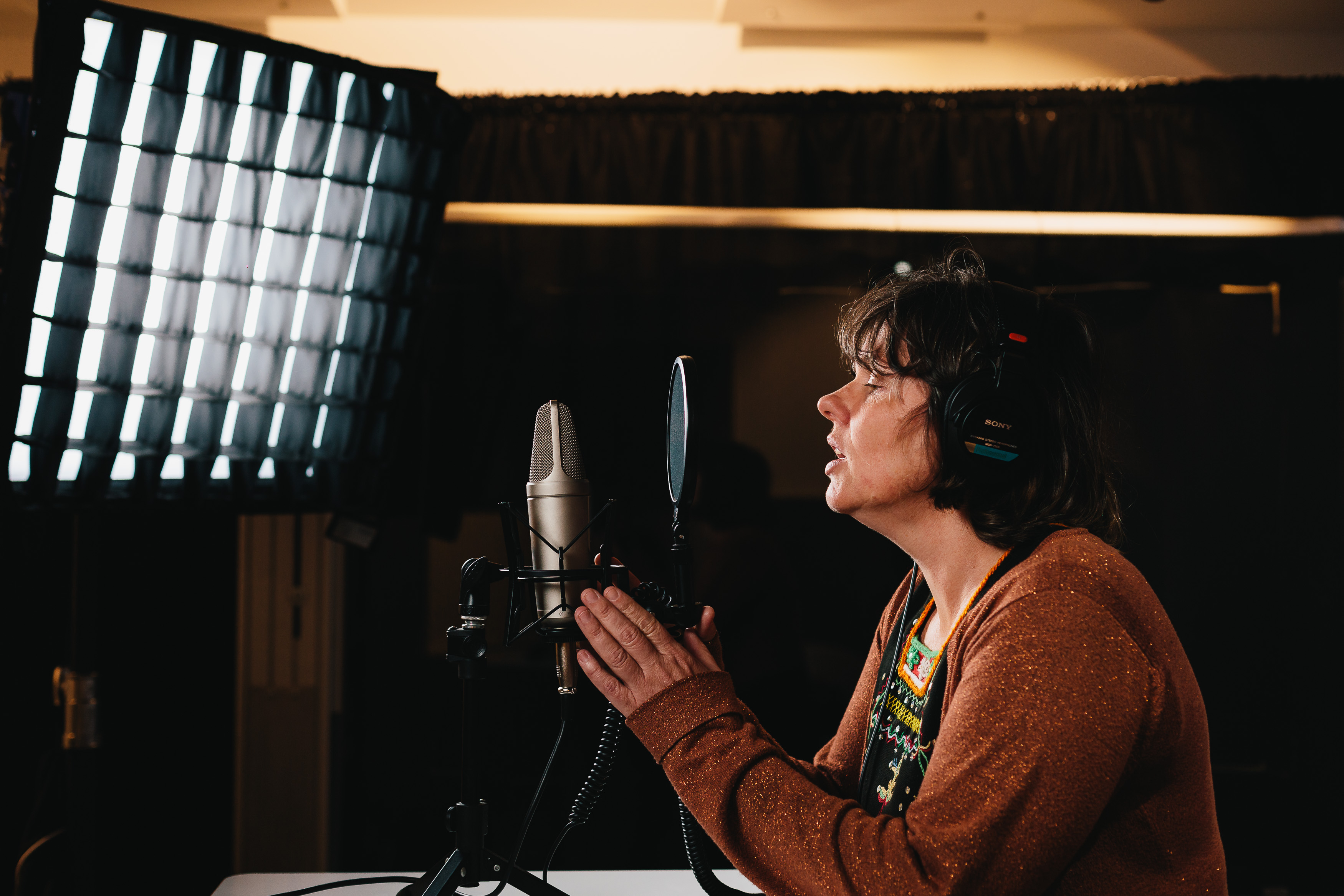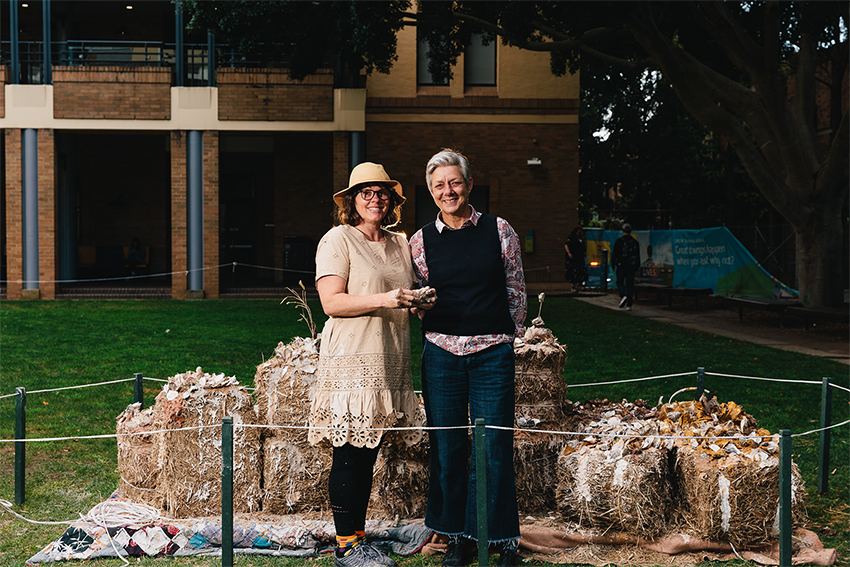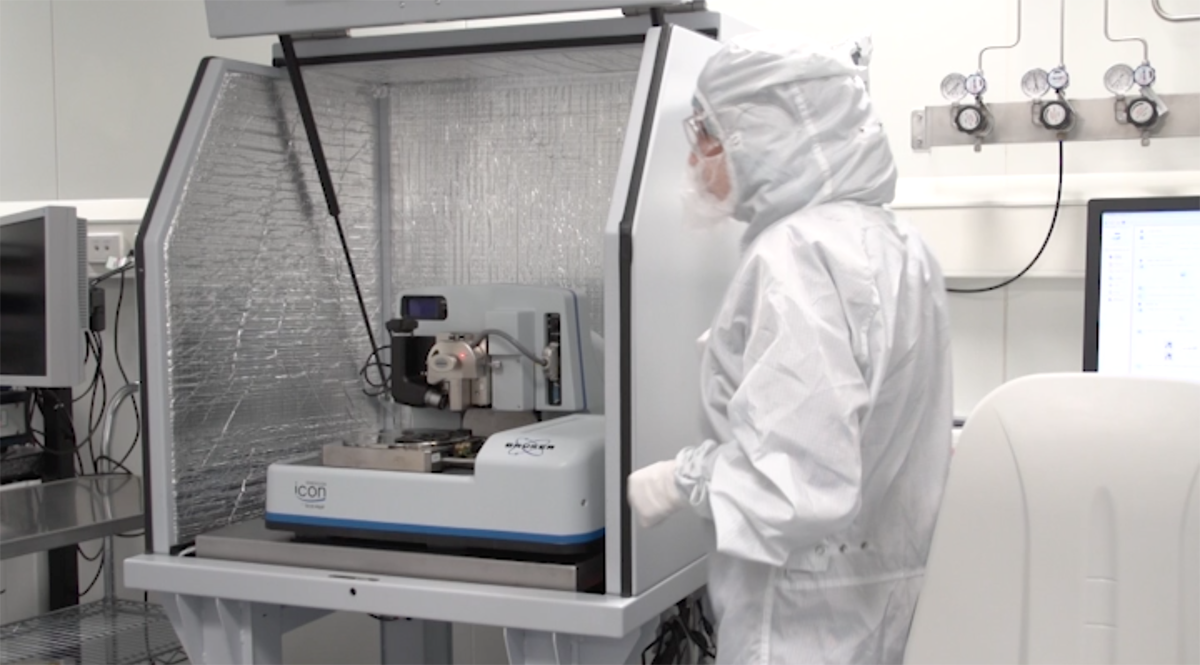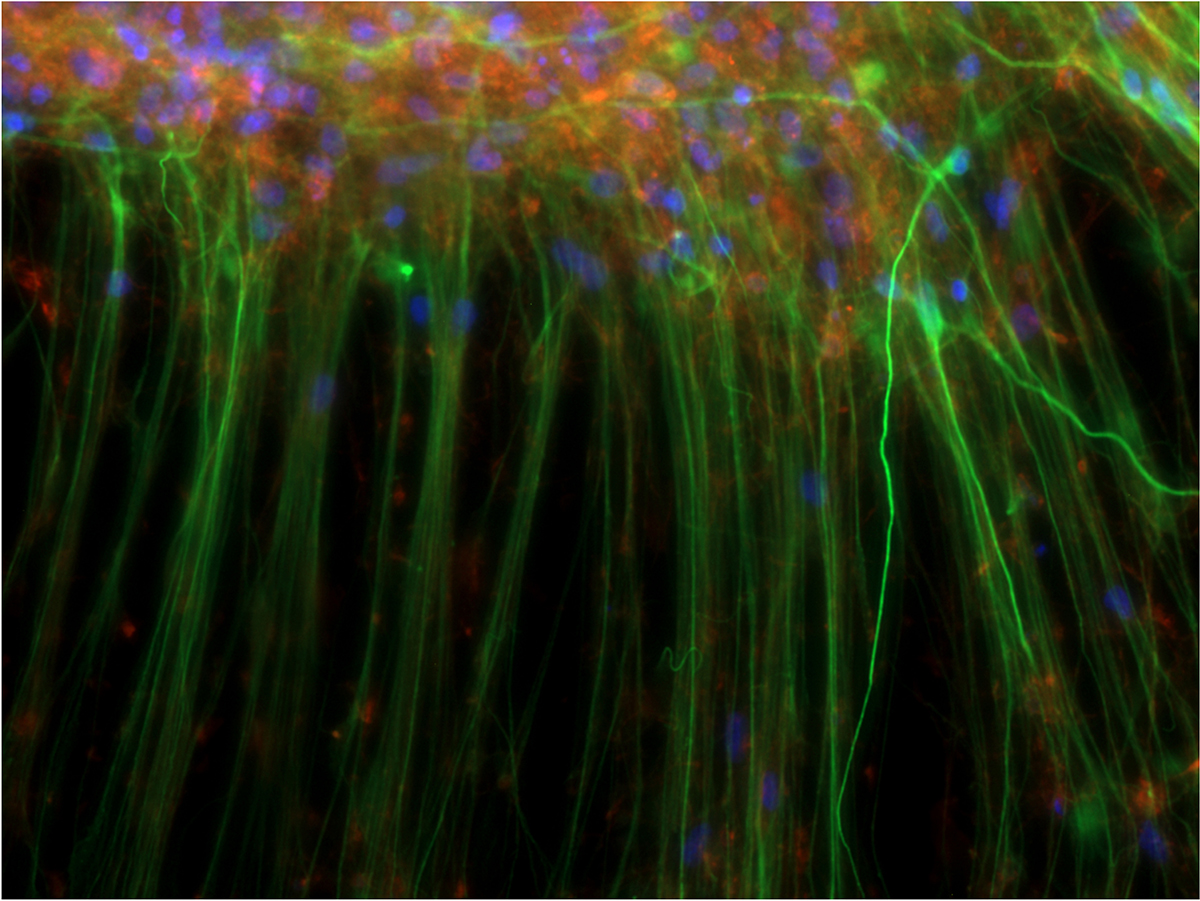ANAT Synapse 2019

Dr Sarah Jane Moore recording, I know where the oysters lie. Photograph Anton Rehrl – Corvid Photography
Throughout 2019, artist Dr Sarah Jane Moore worked with Dr Laura Parker, Indigenous Scientia Fellow at UNSW’s School of Biological, Earth and Environmental Sciences, to investigate the cultural and scientific importance of the Baludarri Sydney Rock Oyster.
Read Sarah Jane’s creative research journal here.

ANAT Director Vicki Sowry and 2019 ANAT on Country resident Dr Sarah Jane Moore at UNSW.
Sarah Jane’s residency resulted in an exhibition at Accelator Gallery, Pyrmont, the sound recording I know where oysters lie and the co-building of an oyster reef in the UNSW Quad with 20 three & four year olds. An initiative offering participants the opportunity to engage in activities that promote awareness of Aboriginal well-being and the importance of Sea Country and ocean based cultural practices.
Integral to the project is Sarah Jane’s song I know where the oysters lie which she describes as a ‘poignant storying of the sadness and loss of oyster heritage in the early years of white invasion.’ Richard Starr plays the piano on the track and wrote the unique accompaniment.
I KNOW WHERE THE OYSTERS LIE
I know why the caged bird sings
I know where oysters lie
I know where the cold wind blows
The stories they survive
Ripped and stripped they sailed on ships
Dug out reefs every tide
Lined with mortar stuck in stones
The colony she did rise
Oyster beds, oyster beds
Hacked and split and left for dead
Oyster beds, oyster beds
Broken shells and clans not fed’

Andrea Rassell, Wildly Oscillating Molecules of Unanticipated Momentum (video still) Image courtesy the artist
ANDREA RASSELL + PROFESSOR VIPUL BANSAL, NANOBIOSENSING FACILITY, RMIT UNIVERSITY
Artist Andrea Rassell and scientist Vipul Bansal explored how media art can be used to interrogate the social, cultural and ethical implications of nanoscale biosensing technologies.
Read Andrea’s creative research journal here
This work-in-progress documentation shows a virtual microscope made from hundreds of individual Scanning Electron Microscopy images. These create a super-resolution image and the ability to zoom in and out without the use of a microscope.
The two samples shown here are CuTCNQ, a crystalline material that acts a sponge for toxic environmental and industrial chemicals and ZIF-8, a nanoengineered material that acts as a gene-delivery system and cancer therapy. These nanoparticles are shown here on top of prostate tumour cells.
Andrea has spent the first part of 2020 in Mexico City, about to begin a residency at Taller 30 (Studio 30). The collaborative space in San Miguel de Allende houses a cooperative of artists whose work integrates art, technology, science, sound and design. Andrea plans to learn from these local artists‘ knowledge of socially embedded practices, mechanical engineering, and digital development in building the interface and audience experiences for her work The Society of NanoBioSensing: Virtual Microscope, with plans to exhibit in Mexico before returning to show the work in Australia.
Visit The Society of NanoBioSensing: Virtual Microscope
Read about Andrea’s practice in 2020
Recent publications:
‘Wildly Oscillating Molecules: Technological mediation of the atomic force microscope’, Technoetic Arts: A Journal of Speculative Research, 17:3; Rassell, Andrea (2019)
‘Biomimetically Mineralized Zeolitic Imidazolate Framework-8 (ZIF-8) Polymorphs for Nucleic Acid Delivery and Targeted Knockdown of Gene Expression in Prostate Cancer’, Arpita Poddar, Suneela Pyreddy, Andrea Rassell, Matthew R. Field, Sudip Dhakal, T. Srinivasa Reddy, Paolo Falcaro, Cara M. Doherty, Ravi Shukla (2020

Trish Adams, Synapse Residency 2019, Neuronal-processes-green-extending-from-human-stem-cell-derived-neurons, Dottori laboratory. Image courtesy Associate Professor Mirella Dottori, University of Wollongong.
DR TRISH ADAMS + ASSOCIATE PROFESSOR MIRELLA DOTTORI, ILLAWARRA HEALTH AND MEDICAL RESEARCH INSTITUTE, UNIVERSITY OF WOLLONGONG + ASSOCIATE PROFESSOR BRYONY NAYAGAM, BIONICS INSTITUTE, UNIVERSITY OF MELBOURNE
Artist Trish Adams worked with scientists Mirella Dottori and Bryony Nayagam on an open-ended investigation into human sensory systems and stem cell regeneration.
Read Trish’s creative research journal here.
Trish’s’ work Sensory Interpretations will feature at the Ars Electronica-style event, ‘3 Festival’, to be held in Wollongong 25-28 June 2020. Trish says after the excitement of her ANAT Synapse supported laboratory residency she is in that complex and very familiar phase where she is “seeking to mediate the scientific data and create viewer interactive artworks for the upcoming exhibition.” She is also hopeful this new artwork will give a tangible example of the ways that an art/science residency can bridge the disciplinary gap in ways that engage and stimulate the general public.
This time-lapse footage is captured on a specialised machine called a Lionheart, where human stem cell derived organoids are putting out dendrites to form synapses and connect with each other. Photograph Sara Miellet, Dottori Laboratory.
The ANAT Synapse program is made possible through the generous support of the Copyright Agency’s Cultural Fund.